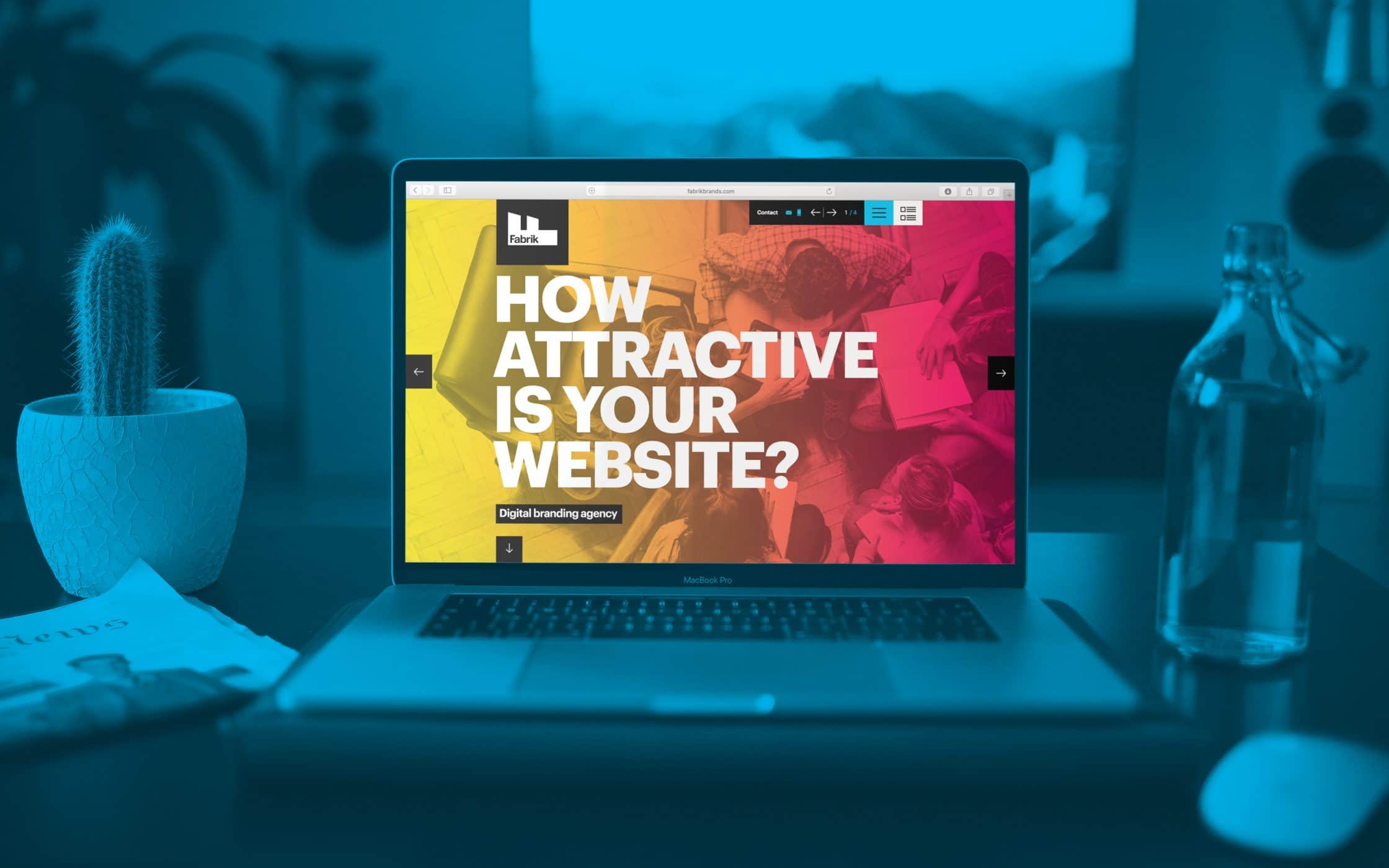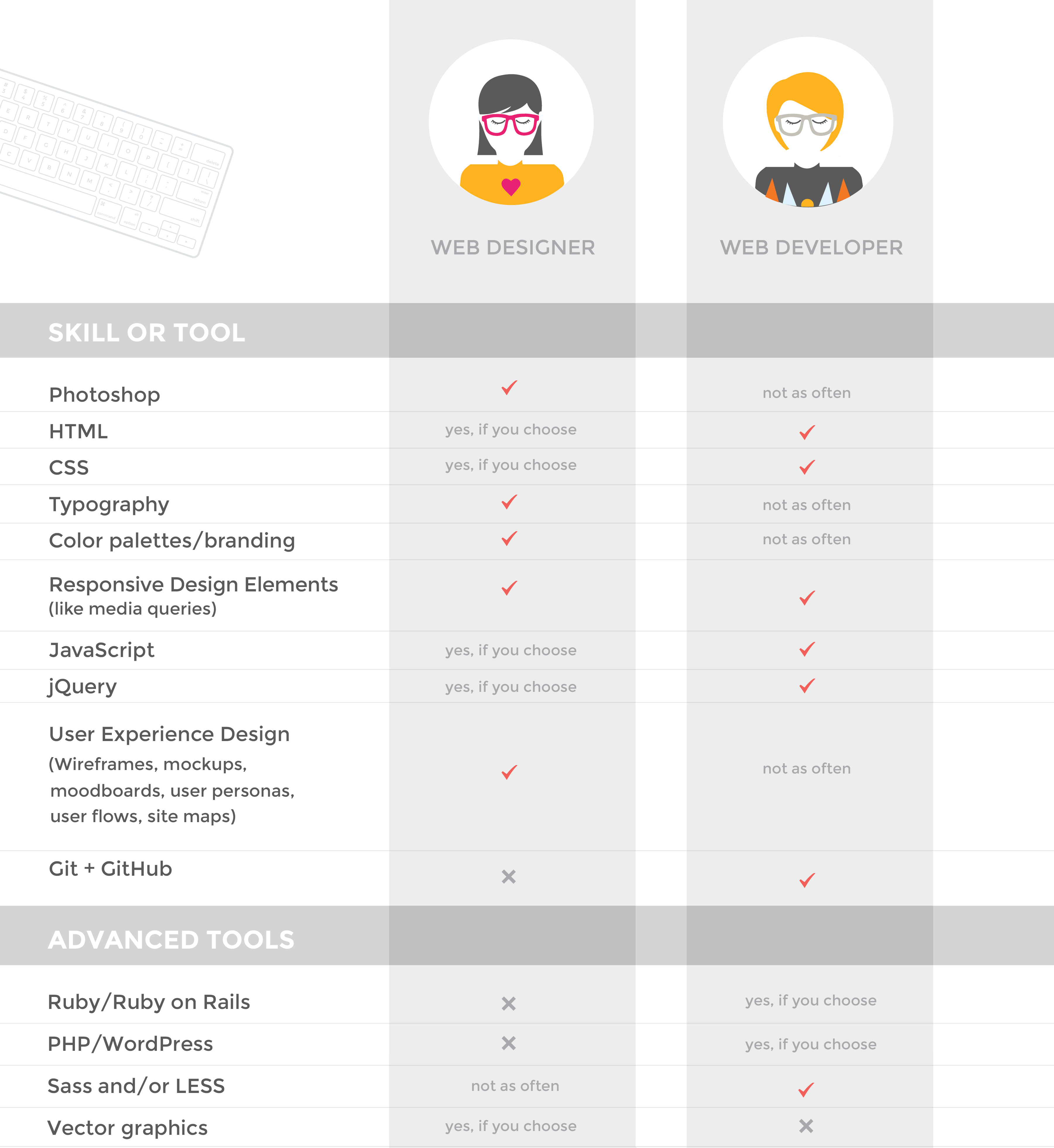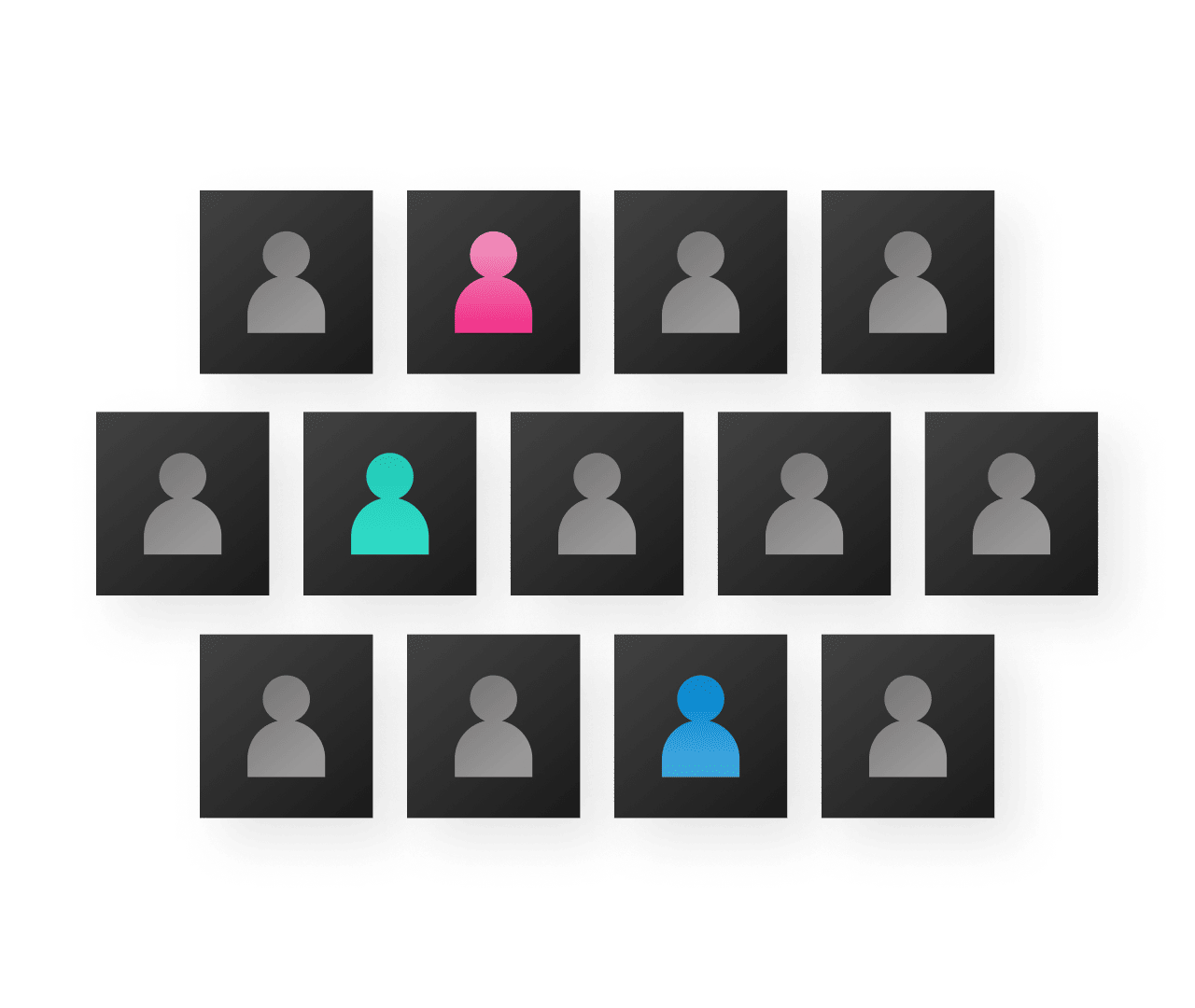
There are four common methods for positioning elements. They are Auto, Float, Text-bottom, and Absolute positioning. You can learn more about each technique and how to make it work for you. Also, learn what float and absolute positioning are. Each one can be used to create the illusion that your elements are floating in space. This article will cover these four techniques and help you decide which one is best for your website.
Absolute positioning
There are two types of absolute positioning, fixed and sticky. In the second case, the element's position is relative to its parent (which is the page frame). Because sticky elements behave this way, they don't move until they pass the threshold. The first method is more popular than the second. These are just some examples of both types. Both of these methods work well for positioning content on the internet.
Absolute and fixed positioning are both similar, but they have their own differences. Fixed positioning is where an element's containing blocks are set by the viewport. However, they can be overridden or modified by its ancestor property. This positioning can also result in floating elements. Consider a box called "One" on a page. The "One" box will be the same no matter how far the user scrolls. The "One" box will be 80 pixels off the top of the page and 10 pixels to the left.

Auto
The element's current position is determined by its relative position to the parent element, or surrounding tags. Relative positioning makes elements flow and overlap seamlessly while maintaining the same HTML code. This allows the elements to move while maintaining the normal flow of a document. Below is a table that summarizes all the possible positioning options. Here is a quick overview of each:
Auto positioning can be used to create dynamic banners or text that is different in size. To have the element move to a different position, just specify the area you would like it to be and then click "Auto". The UA will calculate an auto-position value. It is zero for relative positioning. You can also specify the margin-right and left-inner anchors separately. After you've set the positioning, click on "OK".
Float
You can use the floating positioning property to place an element under another. This will place the element beneath the one that is adjacent. This can be used for any element. It will only work if the absolute position is used with the float property. It will instead allow you to place an element exactly where it is needed, but still leave enough space for other elements to fit around. Here are some suggestions for how to use the float position property.
You can position an element beyond the page's normal flow using the float property. You can also use it to float an element to the left or right of its parent element. Other elements will flow around the floated item. An img or other element that is floated on the side of a block of text will wrap it around. You can also use floating elements to create multiple-column layouts.

Text-bottom
You may have heard of the text-bottom position feature if you use CSS to align text. This feature centers text in accordance with its height or width and centers it on its parent element's typeface. This feature can be used for aligning avatars with their user names, for example. The other type of text positioning is vertical-align, which centers text according to its tallest ascender or deepest descender. When you need to highlight a specific part of your text, text-bottom is a good option.
Relative positioning means that the element is moved away from its containing block. Other elements remain the same. This offset is independent of any other elements and does not affect the content beneath it. Text-bottom positioning elements can be placed on pages. Other content cannot be used to fill the empty space. Text-bottom positioning may not be appropriate for pages with narrow or wide widths.
FAQ
Can I use a template or framework on my website?
Yes! When creating websites, many people use pre-built templates. These templates contain all the code that is required to display information.
The following are some of our most-recommended templates:
WordPress - one of the most popular CMSes
Joomla - another popular open source CMS
Drupal – An enterprise-level solution used by large organizations
Expression Engine – A Yahoo proprietary CMS
Each platform offers hundreds of templates. Finding the right template should be simple.
What Is Website Design Software?
Website design software is used by graphic artists, photographers, illustrators, writers, and others involved in visual media to create webpages and other digital materials.
There are two main types of website design software: desktop applications and cloud-based solutions. Desktop apps are installed locally on your computer and require you to install additional software on your computer. Cloud-based software is hosted remotely over the internet. It does not require you to install additional software, which makes them great for mobile users.
Desktop Applications
Although desktop apps offer more features than cloud-based applications, they are not always required. Some people prefer to work only from a desktop application because it is more convenient. Some people prefer to use the same tool, regardless of whether it is on a phone or a laptop.
Cloud-Based Solutions
Web designers who want to save time and money should choose a cloud-based solution. These services make it possible to edit any type document from anywhere with an Internet connection. This allows you to use your tablet while waiting for your coffee maker to brew.
A license is required if you opt for a cloud-based service. You will not need additional licenses to upgrade to a higher version.
These programs can be used to create web pages, if you have Photoshop, InDesign or Illustrator.
What is the cost of creating an ecommerce website?
It depends on the platform you choose and whether you use a freelancer to build your site or hire a service provider. eCommerce sites typically start at around $1,000.
However, once you decide on a platform, you can expect to pay anywhere between $500 and $10,000.
Templates are usually not more expensive than $5,000, unless you have a specific purpose. This includes any customizations that you might need to suit your brand.
Should I hire a web designer or do it myself?
Don't pay for web design services if you want to save money. However, if you are looking for high-quality results, hiring someone to design your website might not be worth it.
You don't need to hire expensive web designers to create websites.
If you're willing and able to invest the time and effort to create a stunning website, you can use free tools such as Dreamweaver or Photoshop to learn how to do it yourself.
It is possible to outsource your project to a freelance web developer, who will charge by the hour rather than per-project.
Which platform is best to create a website?
WordPress is the best platform when it comes to designing websites. It has all the features required to create a professional-looking website.
It is easy to customize and install themes. You can choose from thousands of free themes available online.
You can also add functionality by installing plugins that allow you to do everything from adding social media buttons to adding forms and contact pages.
WordPress is extremely user-friendly. You don't even need to know HTML code in order to modify your theme files. All you need to do is click on an icon and select what you want to change.
While there are many options for platforms, WordPress is my favourite. It has been around forever and is still widely used by millions.
WordPress is a CMS?
The answer is yes. It is a Content Management System (CMS). CMS allows you to manage the content of your website from within a web browser, instead of using applications like Dreamweaver and Frontpage.
WordPress is completely free! Hosting, which is usually provided by your ISP, is free.
WordPress was initially designed as a blogging platform but now offers many different options, including eCommerce sites, forums, membership websites, portfolios, etc.
WordPress is easy to install and set up. It is necessary to download the installation file from their site and upload it on your server. Next, simply go to your domain name via your web browser and log into your new site.
After installing WordPress, it's necessary to register for a username. After logging in, you will see a dashboard that allows you to access all your settings.
This is where you can add pages or posts, images and links to them. If you are comfortable creating and editing content, you can skip this step.
You can also hire a professional web design firm to help you with the whole process.
Statistics
- At this point, it's important to note that just because a web trend is current, it doesn't mean it's necessarily right for you.48% of people cite design as the most important factor of a website, (websitebuilderexpert.com)
- Did you know videos can boost organic search traffic to your website by 157%? (wix.com)
- When choosing your website color scheme, a general rule is to limit yourself to three shades: one primary color (60% of the mix), one secondary color (30%), and one accent color (10%). (wix.com)
- It's estimated that in 2022, over 2.14 billion people will purchase goods and services online. (wix.com)
- In fact, according to Color Matters, a signature color can boost brand recognition by 80%. There's a lot of psychology behind people's perception of color, so it's important to understand how it's used with your industry. (websitebuilderexpert.com)
External Links
How To
How to Use WordPress for Web Design
WordPress is a free software tool that allows you to create websites or blogs. Easy installation, powerful theme options, and plug-ins are some of the main features. This website builder lets you customize your site to suit your preferences. It has hundreds of themes to choose from and many plugins to help you build any kind of site. You can also add your domain to the site. You can manage your site's appearance, functionality, and design with these tools.
WordPress makes it easy to create beautiful sites even if your HTML skills are not required. No matter what level of coding you are at, it's possible to build a professional looking website in a matter of minutes. This tutorial will show you how to install WordPress and walk you through the basic steps to create your blog. We'll explain everything so you can follow along at home.
The most popular CMS (Content Management System) out there is WordPress.com currently has around 25 million users worldwide and counting. There are two different versions of WordPress available; you can either buy a license from them for $29 per month or download the source code and host it for free.
WordPress is a popular blogging platform. There are many reasons for this. One reason is that WordPress is extremely easy to use. Anyone with a basic knowledge of HTML can create a stunning site. It also offers flexibility. WordPress.org provides many themes free of charge. You can easily change the look and feeling of your site without spending a dime. Finally, it's highly customizable. Premium add-ons are available from many developers that allow you automatically to update posts when someone comments, or integrate social networking sharing into your site.